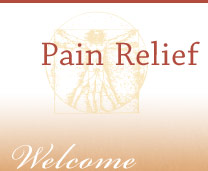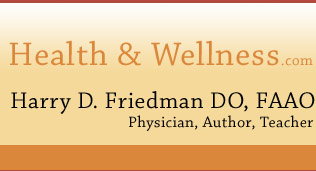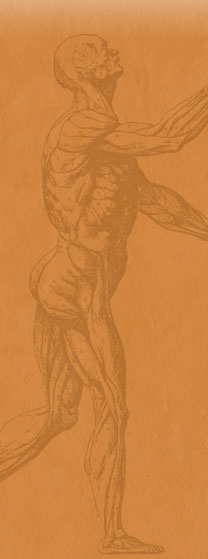History & Basic Philosophy of Continuum
Continuum Movement (usually referred to as simply, “Continuum”) was developed in the early 1960’s by Emilie Conrad, a professional dancer. She discovered a way of approaching movement and somatic education based on intrinsic felt movements, rather than on imposed exercises or prescribed routines. She continues to develop her work and teaches internationally. Conrad states that, “movement is what we are, not something we do.” Continuum is not an exercise technique, in the same way that Osteopathy is not a treatment technique. Much like Osteopathy, Continuum is based on a philosophy that trusts in a deep wisdom that will guide the body to move in a way to allow the fullest expression of healing forces.
The mutability of our anatomy and physiology is evident in every instance of growth, development, and healing. Continuum, like Osteopathy, addresses our ability to change. Form follows function, and function alters form; they are int/related throughout life, from the embryonic phase until death. We can always enter the realm of potential, the primordial state that allows us to cultivate the ability to fluently shift our context and thus promote Health.
The Fluid System is Fundamental
Continuum considers the fact that the human body is primarily (70%) composed of water. Biological systems are fluid-based, so that nutrients, neurotransmitters, most waste products and other substances are exchanged most freely through the fluid of a relatively less dense environment. Stimulating the movement, and hence the vitality of the fluid aspects of the body is central to the practice of Continuum. Both Continuum and Osteopathy acknowledge the material fluid system, and the non-material Potency expressed in the “fluid within the fluid”. By refining our attention and intention to allow our fluctuating fluid nature to express itself, Conrad assures us that an exchange of information and nourishment will occur in our system that carries a divine and complex intelligence that is not limited by the boundaries of our own thought process or of any treatment technique.
Anne Wales, DO in her reminiscing of Dr. Sutherland, refers to how he described the goal of an Osteopathic treatment as the movement of all the fluids of the body across all their interfaces. The movement of fluid at the cellular level delivers nutrients and other information-containing substances into and out of the cell. Waste products are carried to their final destinations. The gross physical effects of this exchange of fluids include the stimulation of blood flow, venous and lymphatic drainage, visceral mobility and motility, and fluctuation of cerebrospinal fluid. Sutherland did not focus on alignment, range of motion, relief of pain, or release of physical strain patterns. These are all secondary benefits of a functional fluid system. In the elaboration of the phenomena of the Primary Respiratory Mechanism, Dr. Sutherland stated that the phenomenon of the fluctuation of the cerebrospinal fluid and the Potency of the Tide is the fundamental principle of the cranial concept. If we embrace this as true, then we can develop this principle and apply it to every aspect of our lives. Continuum provides a fascinating way to explore this path.



